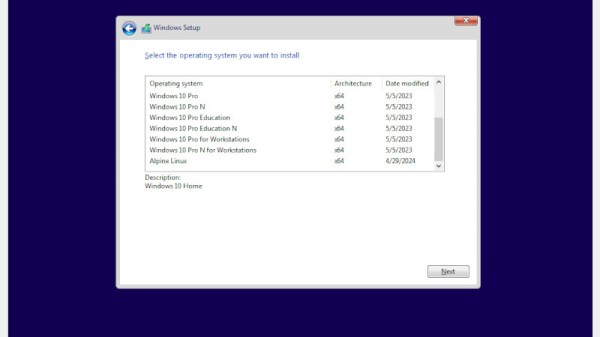Growing up as a kid in the 1990s was an almost magical time. We had the best game consoles, increasingly faster computers at a pace not seen before, the rise of the Internet and World Wide Web, as well the best fashion and styles possible between neon and pastel colors, translucent plastic and also this little thing called Windows 95 that’d take the world by storm.
Yet as great as Windows 95 and its successor Windows 98 were, you had to be one of the lucky folks who ended up with a stable Windows 9x installation. The prebuilt (Daewoo) Intel Celeron 400 rig with 64 MB SDRAM that I had splurged on with money earned from summer jobs was not one of those lucky systems, resulting in regular Windows reinstalls.
As a relatively nerdy individual, I was aware of this little community-built operating system called ‘Linux’, with the online forums and the Dutch PC magazine that I read convincing me that it would be a superior alternative to this unstable ‘M$’ Windows 98 SE mess that I was dealing with. Thus it was in the Year of the Linux Desktop (1999) that I went into a computer store and bought a boxed disc set of SuSE 6.3 with included manual.
Fast-forward to 2025, and Windows is installed on all my primary desktop systems, raising the question of what went wrong in ’99. Wasn’t Linux the future of desktop operating systems?
Continue reading “My Winter Of ’99: The Year Of The Linux Desktop Is Always Next Year”


















